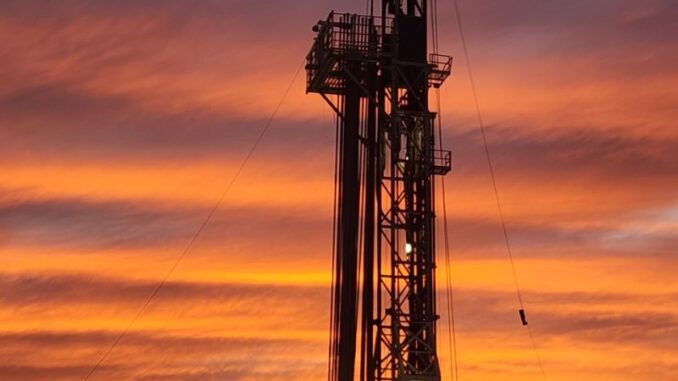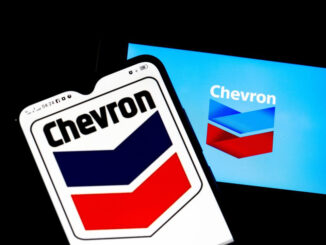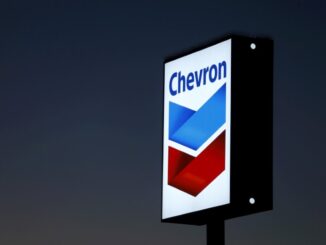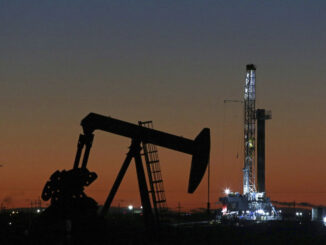
Top executives with Chevron Corp. continue to eye massive production growth from the company’s Permian assets while also acknowledging some shortcomings in the Delaware Basin.
“The headline is our production guidance is unchanged, 3% compounded annual growth rate over the next five years,” Chevron chairman and CEO Mike Wirth said Feb. 28 during the company’s annual Investor Day 2023 event in New York.
In the Permian, Wirth said the target was still to reach 1 MMboe/d by 2025 with a plateau later in the decade of approximately 1.2 MMboe/d. Average production in the Permian was around 738,000 boe/d in the fourth quarter of 2022 while total net global production was 3 MMboe/d.
The company reported that it’s Midland Basin operations had performed well while the Delaware saw problems related to DUCs and horizontal wells.
Chevron Says Venezuela Production Up Nearly 80%
Wirth said the company continues to learn every year in the Permian and its sub-basins.
“It’s not a homogeneous geologic setting there, it’s a lot of heterogeneity, and where a single bench may work in one area better than multiple other areas where the inverse is the case,” Wirth said.
The California-based energy major remains confident in exceeding its five-year annual production growth guidance owing to Tengiz, Gulf of Mexico and other shale and tight assets in addition to the Permian, Chevron executive vice president of oil, products and gas Nigel Hearne said during his opening remarks at the event.
The Permian Basin spans parts of west Texas and southeastern New Mexico and covers an area about 250 miles wide and 300 miles long. It includes the highly-prolific Delaware and Midland sub-basins.
Delaware Basin hiccups
Chevron has a long history in the Permian and through its legacy companies has been active in the shale basin since the early 1920s.
“The Permian continues to deliver higher returns, production growth and lower carbon intensity,” Hearne said. “Last year performance in the Midland Basin exceeded our plans but fell short in the Delaware primarily due to higher-than-expected depletion after completing long-sitting DUCs.”
“In the Midland Basin performance plan in the Delaware we fell short and there are a few reasons, primarily driven by completion,” Hearne said during the question and answer portion of the event.
“We saw some wells impacted by horizontal interference and long sitting DUCs,” he continued. “We saw some vertical interference where we pilot multi-bench development primarily on the southern area of the Delaware Basin, on the western area of the Delaware Basin.”
Hearne said Chevron’s large inventory allows it to shift its operated program to more single bench, high-return developments in New Mexico.
Despite the hiccups, Wirth reiterated that Chevron’s long-term guidance for the Permian remains unchanged. He said the company continues to manage cost pressures and leverage technology to drive performance improvements.
“Examples include simulfrac, where we perform completion activities on four wells at the same time and optimized gas-lift, which lowers downtime, minimizes workovers and improves safety,” Hearne said. “This year we’ll be running four grid-powered rigs and one natural gas driven frac spread. Around 40% of our grid-supplied power will be from wind and solar.”



